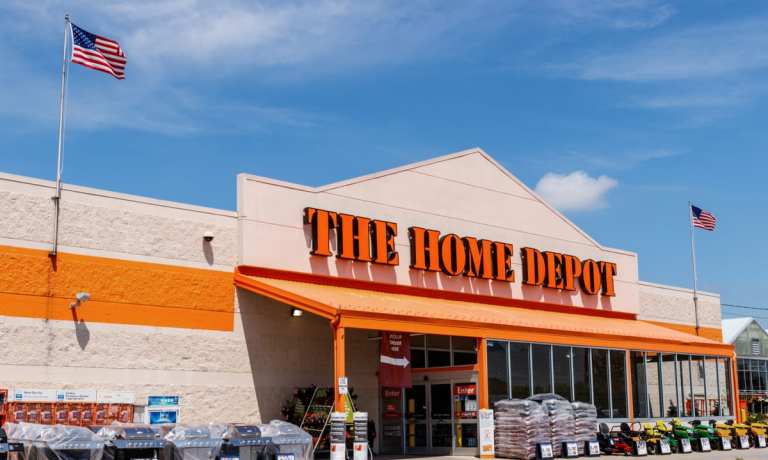Simply put, the past three months have not been pretty for many of the nation’s major retailers, with the S&P Retail Industry Index (XRT) falling nearly 30% since its mid-November peak.
And yet, in the past week alone, three of the largest legacy players in this embattled space have come forth with strikingly similar pronouncements that reflect their shared and unwavering belief that omnichannel retailing is the way forward for the industry.
Whether it’s Walmart CEO Doug McMillon reflecting on a changed business model that is increasingly digital, Macy’s CEO Jeff Gennette telling investors that in every single scenario the integration of eCommerce and physical stores works better, or Home Depot’s incoming CEO Ted Decker announcing plans to fight friction wherever it exists to meet evolving customer expectations, one thing is clear: Big retail is fully onboard the omnichannel bus.
Read more: Walmart Says ‘Business Is Increasingly Digital,’ Pledges Further Investment in Tech
See also: Macy’s Says No to eComm Spin Off
“Customer expectations continue to evolve, and there is little tolerance for any friction in the shopping journey, so we will continue to adapt to stay ahead of [them],” Decker told analysts and investors Tuesday (Feb. 22) on the company’s fourth-quarter earnings call.
Advertisement: Scroll to Continue
“Our focus on delivering a frictionless, interconnected shopping experience is resonating with our customers as approximately 50% of our online orders were fulfilled through our stores in fiscal 2021,” added the incoming CEO, who will take over the top job at the Atlanta-based operator of 2,300 home improvement warehouse stores March 1.
Let’s Get Physical
With close to 8,000 domestic stores and over 250 years of combined service between them, the combined commitment to omnichannel retailing by Walmart, Home Depot and Macy’s is significant, not only from a standpoint of scale but also in terms of breadth as each is a leader in their respective categories.
For its part, Home Depot said it plans to improve its “interconnected shopping experience,” noting that its customers “increasingly blend physical and digital worlds for their projects.” As a result, Decker said the company has begun to build an “unrivaled delivery network for home improvement goods,” and while short on specifics, he told analysts the company is producing encouraging early results that have provided a “measurable lift in sales” due to a more interconnected shopping experience.
“Our customers weave in between the physical and digital worlds,” Decker said. “That can be installation, that can be delivery, that can be pickup, that can be cash and carry.”
He characterized the effort as building a frictionless ecosystem.
While the emerging role of physical stores serving as fulfillment centers is not new, it is becoming increasingly important and common.
Macy’s, for example, is so invested in being a “digitally led omnichannel retailer” rather than a department store that it said this week that it is halting store closures while it reassesses the value and potential contribution that some of its less successful locations might offer as it also strives to meet “evolving customer habits.” It’s a transformation and reflection of the connected economy that Gennette characterized as a “critical interplay between digital and physical assets.”
“Today, the consumer is increasingly more omnichannel, and we are focused on establishing a more appropriate [physical] footprint in markets to drive sustainable and profitable omnichannel growth,” Gennette said, noting the increased use of stores as fulfillment hubs that support digital operations via buy online, pick up in store (BOPIS) curbside pickup and same-day delivery.
“Keeping these cash positive stores open also helps us to fund the investments we’re making to reposition our fleet over the next several years,” he added.
Fast Local Delivery
When stores serve as fulfillment centers, it creates a huge new opportunity to get goods to nearby shoppers more quickly, or put another way, “having inventory so close to so many customers is a competitive advantage,” as McMillon said during last week’s webcast.
One of Walmart’s first major customers to sign up for its newly launched “Walmart Go Local” last-mile delivery service was none other than Home Depot, which, like retailers everywhere, is looking to compete with Amazon and compress two-day delivery into something more akin to a two-hour proposition.
As such, Walmart is projecting a 5x increase in its Go Local service this year, which would see its pickup points grow from 1,000 to 5,000 by the end of 2022.
“Our stores have become hybrid. They’re both stores and fulfillment centers,” McMillan said, noting the critical nature and prioritization of customer convenience.




